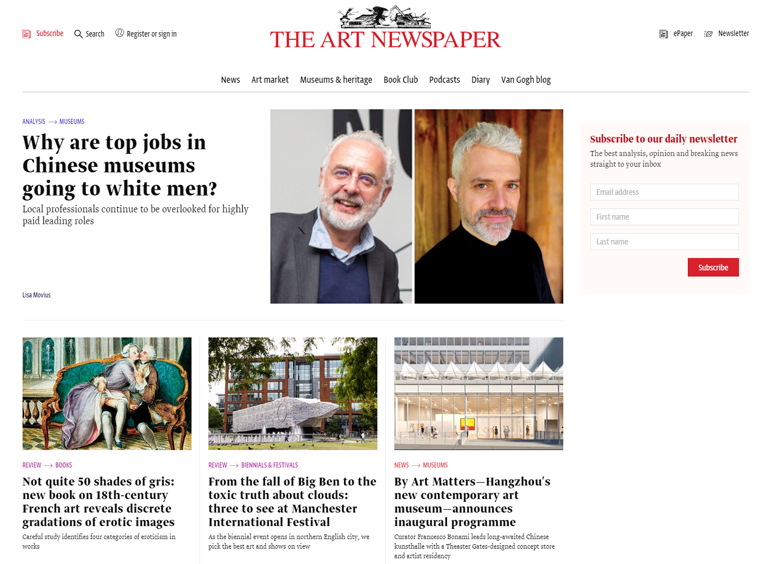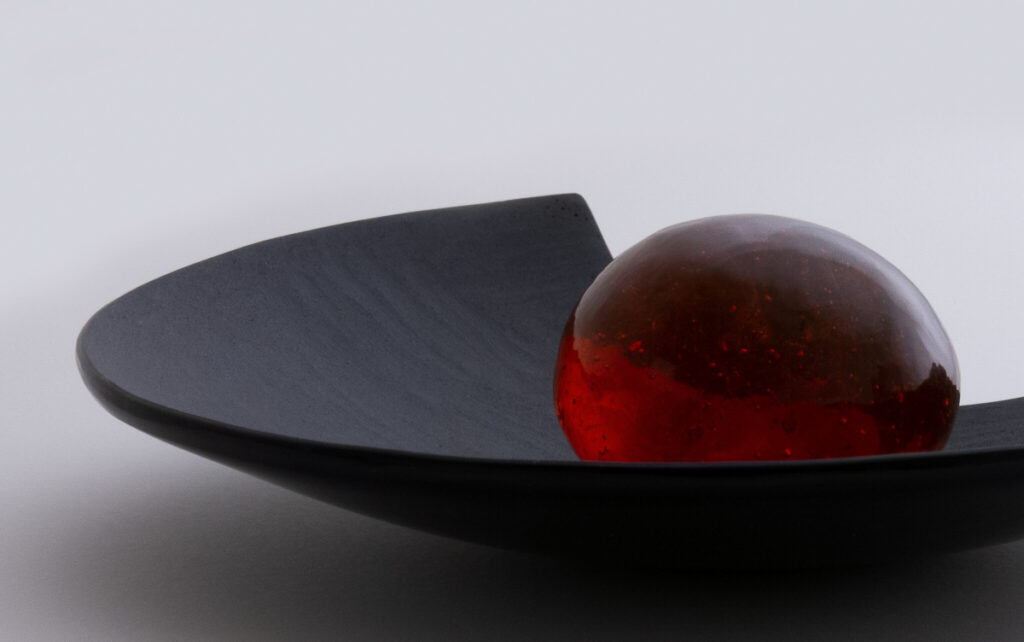
How to write an article for a magazine? Well, these important tips will help you with everything you need to know along with some much-needed confidence to start writing articles for magazines, submit letters and queries to editors, and get your writing published without any hassle. Even if your aim is not to become a freelance writer, these simple yet important tips will help you enhance your writing for a magazine.
Anything here is not a “SECRET” of how to get your writing published in a magazine – but the motto is to let the information reach you so that you end up doing everything swiftly. Writing for a magazine is much simpler than you could imagine. But simple does not mean “easy”. The tips below have helped many writers who were about to start freelancing including me and it’s been a decade since but they are still useful.
Let’s begin with something easy, a foundational tip for how to write a memorable article for a magazine. Tip: “Don’t tell, show”. But why is it a foundational tip? Well, because most of the writers don’t do that! More than half of the writers just want to put their emotions and feelings forward or want to express how much they know(or they think they know) about a certain topic.
If you are among those few writers who simply put the facts in a catchy, intriguing, and plain way, you already know half of how to get started with magazine article writing. As we are proceeding further, another tip, never to dictate to the reader how they should think about someone or something.
“Tell them all the wonderful things but never tell them that something is going to be wonderful” – says a professional writer. “Just put forward the facts and let the readers be “WOW” how wonderful that would be!” Here, the writer means that you should not incorporate commentary if you are writing for a magazine. In blogs and other articles, you can tell the readers about your thoughts but when it’s a magazine, your focus should be just the facts.
So what did we learn?
- “Just the facts, honey.”
- Don’t tell, show.
- Don’t opine, explain.
How To Write An Amazing Magazine Article
1. Understand The Difference Between The “Story” And “Subject”
The fact that two well-known authors wrote a book that focuses on “writing” is a subject. How those two writers fought in order to publish their books is a story. What is the point of difference when it comes to story and subject? Suspense, Problems, Conflict, Drama, and Growth. Let’s look for another example: “The rabbit is sleeping on a mat” is a subject – a fact. The story comes in when we say “The cat and the rabbit both are willing to sleep on the mat.” A clear understanding of the difference between the subject and story is one of the most essential tips to enhance your magazine writing. Even if you are considering non-fiction, there too you’ll find a touch of story.
2. Learn To Find Stories
To become a magazine writer, another essential tip is to be able to gather interesting stories to write about. The easier way to do so is by starting working in some office or a coffee shop. Interaction with common people will let you know what people are interested in talking about.
By being in a place full of people, you’ll see normal people helping you in writing different stories, good enough to be published in a magazine. Before stepping into freelance writing, writing articles for stories is an easy way to bear your expenses as well.
According to a general overview, writers are more creative when they put their laptops aside for a while, they come out with better ideas, find better inspiration, and even end up planning different pivots and career moves.
3. Focus On Research – Try To Do It As Better As You Can
Not just at the beginning of your magazine writing career, detailed research is an essential aspect for professional writers as well. Do as much research as you can to gather information so that you can include more and better facts in your magazine article. Below are the two reasons why:
- Even if you don’t use all of your research in the piece, it will help you write better (a writer should never include all their research in a single magazine article)
- Your research can be used in a different magazine article. If you don’t toss away your extra research, it won’t be squandered. Don’t try to pack all you’ve learned into your essay. Select the most relevant facts to improve your piece; preserve the rest for a future magazine article, blog post, or media outlet.
The more time you give to practice writing a magazine article, the better you will understand how much research is “enough” for the job.
4. Calm Down, There Is No Single “Right Way” To Write A Magazine Article
While the fact remains intact that there is no right or wrong way of writing a good magazine article, it’s essential to know that the beginning plays the most important role. The beginning of an article can be more time-consuming and frustrating than rest and that’s an undeniable fact. The start and the end of your article are two crucial parts. Why? Because they play an extensive …



:max_bytes(150000):strip_icc():format(webp)/GettyImages-478168775-59abd4e2519de200109bf5cc.jpg)










